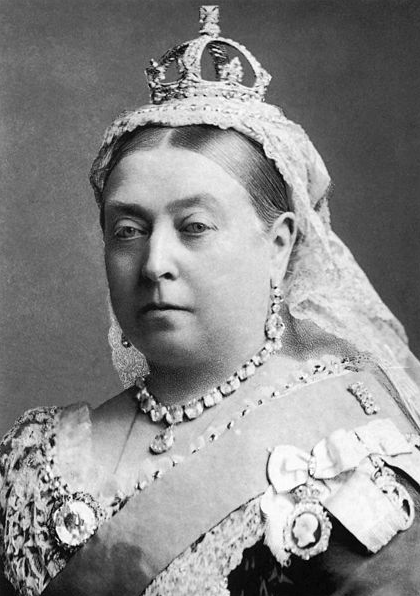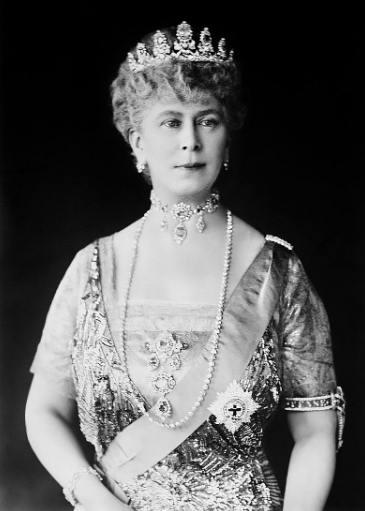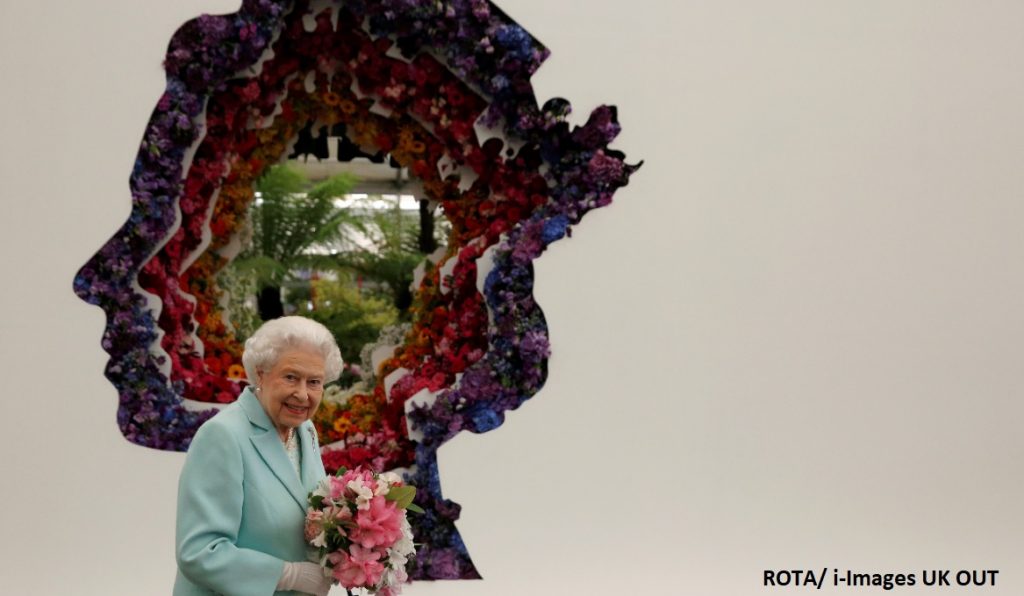Photo of Queen Elizabeth II by Stephen Lock / i-Images
The Chelsea Flower Show has been one of the highlights of the British social calendar for over 150 years, delighting kings, queens and members of the public alike.
Formally known as the Great Spring Show, the event was held in Kensington until the early 20th century when it relocated to Chelsea, becoming the showpiece we are all familiar with today.
The annual horticultural spectacle owes much of its success thanks to the continued support and patronage of The Royal Family, with four queens in particular showing unwavering support for the event.
Queen Victoria
The Great Spring Show was first established in 1862 by the Royal Horticultural Society, with Queen Victoria being amongst the first people to attend the event.
Victoria was known for her love of flowers and horticulture, and was taken in by the show, so much so that she continued to be a regular visitor in the years that followed.

The Queen was patron of the Horticultural Society, and in 1888, bestowed the Royal Charter upon the organisation, which gave it official recognition as a trusted society and granted it the right to use the prefix “Royal” in its name.
This was a significant honour, and it significantly elevated the status of the Great Spring Show and the Royal Horticultural Society in the eyes of the public.
As a tribute to Queen Victoria, the Royal Horticultural Society created the Victoria Medal of Honour in 1897, which is still awarded today to individuals who have made an outstanding contribution to horticulture.
Victoria never saw the ‘Chelsea Flower Show’ as it is called today, with the event being held in Kensington during her reign.
Queen Alexandra
When Queen Victoria died in 1901, the Great Spring Show lost its biggest supporter.
However, thankfully for the world of horticulture, Edward VII’s wife, Queen Alexandra, was a passionate lover of flowers and gardens.

During the early part of Edward’s reign, the Royal Hospital Chelsea became involved in the show, and eventually, the event was moved from Kensington to Chelsea.
Queen Alexandra was a regular visitor to event, and in 1913, became the first ever patron of the Chelsea Flower Show.
The Queen was key in promoting the show to a wider audience, with the her photograph regularly appearing in the newspapers during the summer at the event.
Alexandra’s association with the Chelsea Flower Show continued until her death in 1925.
In tribute to the recently deceased Queen, a garden was named in memory of Alexandra in 1926.
Queen Mary
Queen Mary’s association with the Chelsea Flower Show began in the early 1900s, when she started attending the show with her husband, the then Prince of Wales.
In 1910, when her husband George V ascended the throne, her attendance at the show became a regular occurrence.

Along with Queen Alexandra, Mary promoted the Chelsea Flower Show to the wider public attention, helping turn the event into one of the country’s great social occasions.
In 1927, Queen Mary became the patron of the Royal Horticultural Society, succeeding the recently deceased Queen Alexandra.
Her association with the Chelsea Flower Show continued until her death in 1953.
Queen Elizabeth II
The year of Queen Mary’s death also marked the year a new sovereign was crowned at Westminster Abbey.
Queen Elizabeth II would become the longest reigning monarch in British history, with a spell of 70 years spent on the throne.

In that time, Her Late Majesty very rarely missed the Chelsea Flower Show, with it being one of the first events she marked in her calendar at the start of each year.
Elizabeth first started attending the show as a young princess alongside her mother.
Her love of flowers and support of the contest had become unwavering, with the late queen thought to have only missed 11 flower shows during her reign.
Even in 2022, in frail health, Her Late Majesty attended the flower show on a motorised electric buggy – one of her very few public engagements in the year of her death.